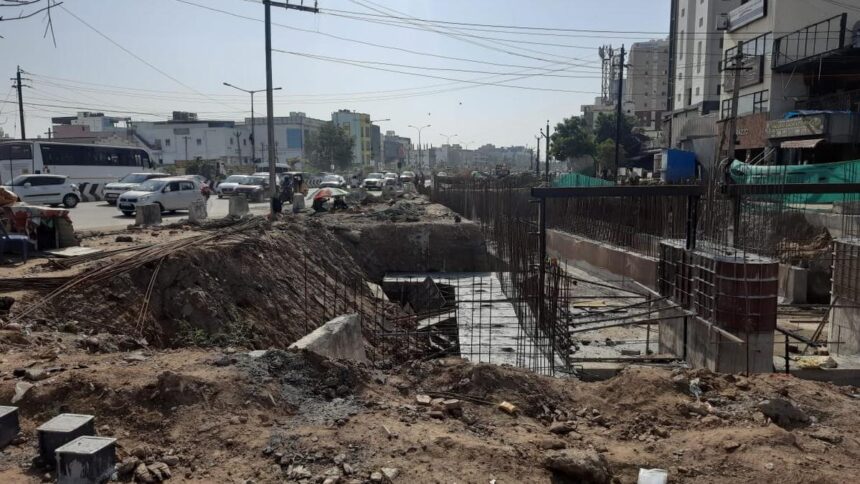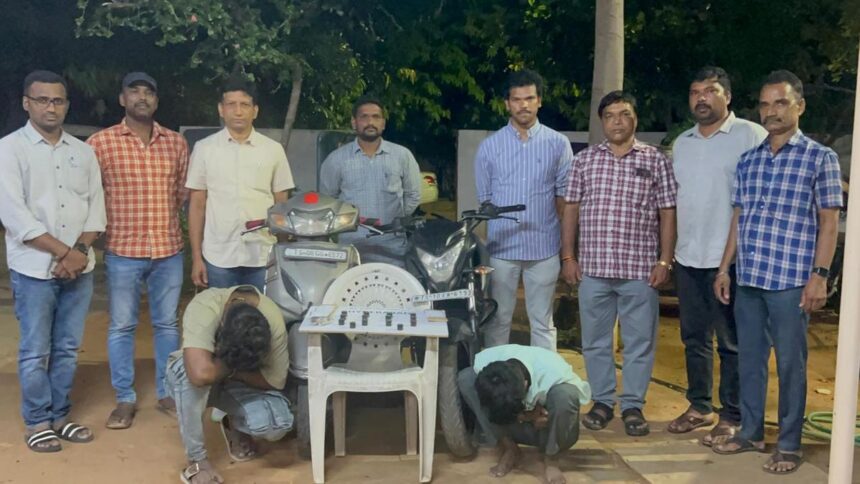In several under-resourced schools across India, teachers are combining traditional methods with digital tools to teach spoken English, a strategy that aims to bridge the language gap. Michael Antony, a Class 5 student of Stella Maris Nursery and Primary School in Chennai, says he has learnt a lot of vocabulary and has inculcated English speaking in everyday life. Michael has attended spoken English classes for the past two years as part of his curriculum. “My classes are engaging and interactive. I love discussions”, he says.
Use of digital tools
Spoken English has been taught at Michael’s school for the past three years. The school uses software for teaching phonetics, or they come up with different ideas to help students speak English. One day, teachers made students sit together to learn information about everyday Tamil words. Teachers then translated it into English and asked the students to memorise it. “They can converse in some basic lines in English. We conduct group discussions once a week and encourage them to articulate on the topics,” says Priya, Principal of Stella Maris Nursery and Primary School in New Washermenpet.
The main aim of the school is to help their students get admissions in reputed schools after Class 5. This is due to the students who come from disadvantaged sections of society. About 80 per cent of these students’ parents are illiterate, primarily engaged in occupations such as carpentry, the textile industry, dhobiwallahs, and other daily wage labourers.
James Sathyaraj of St. John’s Matric Higher Secondary School, Alwarthirunagar in the outskirts of Chennai, says, “We catch them early, and spoken English classes are introduced in LKG and continue up to Class 12. We use dedicated software to teach our students spoken English at the primary level. We build vocabulary through this particular software known as MiKids. For this, we have appointed a special teacher to conduct two hours weekly sessions.
Mikids is an audio-visual recording helping children with cues to build their proficiency in the language. “We have been implementing it for the last three years. In addition, we conduct regular studies to monitor the improvements made by children. In last year’s study, we found that students are lacking in vocabulary. Therefore, we suggested bringing dictionaries to the school and also started conducting spelling contests for them,” James observes.
This trend of conducting spoken classes has caught up with schools after the pandemic. The spoken English classes have become a catchword in the schools in the backdrop of the boom in artificial intelligence and other emerging technologies. Schools have incorporated various fun elements to enhance the spoken English of students.
At the N.D.K.P.S. Morigeri Secondary School in Bangalore students are taught spoken English so they don’t fall behind just because they come from a rural area. “We tutor them during the school assembly. We give instructions in English and train them in British accents. We teach them with parts of speech, formation of sentences till Class 8. They are taught to speak fluently without hiccups right from class 9,” says H.M. Kotresha an English faculty at the school.
Getting creative with English
Meanwhile, in the Chennai, schools have incorporated various fun elements to enhance the spoken English of students. “As part of spoken English classes, we organise various competitions, namely Just a minute, poetry recitation, Block and tackle, shipwreck, dialogue dash and role plays,” says G Rajeshwari, Head of Department of English at Heartfulness International School, Omega Branch in Chennai.
At Heartfulness International, students are taught in an Indian accent in school. Students are asked to assume characters. For instance pencil and an eraser. Students then defend their respective roles. This small play is known as dialogue dash. The school also provides students with newspapers to enhance their vocabulary.
Students are encouraged to learn the British accent in the majority of the dedicated spoken classes in schools. However, the schools are not particular about the accent. “We are allowed to speak English with an Indian accent. We concentrate on grammar, pronunciation, and vocabulary to improve their efficiency in the language,” says G Rajeshwari.
The English medium schools have no separate classes, such as spoken English classes. The medium of instruction in these schools is English, which leaves no option for taking up spoken English classes.
For instance, at Bharatiya Vidya Bhavan Public School, Hyderabad, English is the medium of communication in the school. “All the classes are taught in English, starting from LKG. Our students don’t need spoken English classes as their fluency is already good,“ says Arunasree Ganti, a student.
The parents’ educational background also plays a key role when it comes to conducting spoken English classes in the schools. “Our students come from a well-educated background. They don’t need spoken English classes. We have students from far-flung areas such as Arunachal Pradesh and Meghalaya. They have good vocabulary and fluency in English,” says Amit Jugran, Assam Valley School in Assam.
Experts are appreciating the embrace of spoken English classes in classrooms as it helps children survive in the future job market. “Spoken English is crucial when teaching English as a language. While grammar and writing are important, the ability to communicate effectively in spoken English is essential for students to develop fluency, confidence, and practical language skills. In this context, making special efforts to teach spoken English is important to enhance the proficiency of the language as a whole. It is a welcome step,” says VP Niranjanaradhya, Development Educationist, Bengaluru.
Published – June 18, 2025 06:38 pm IST





















